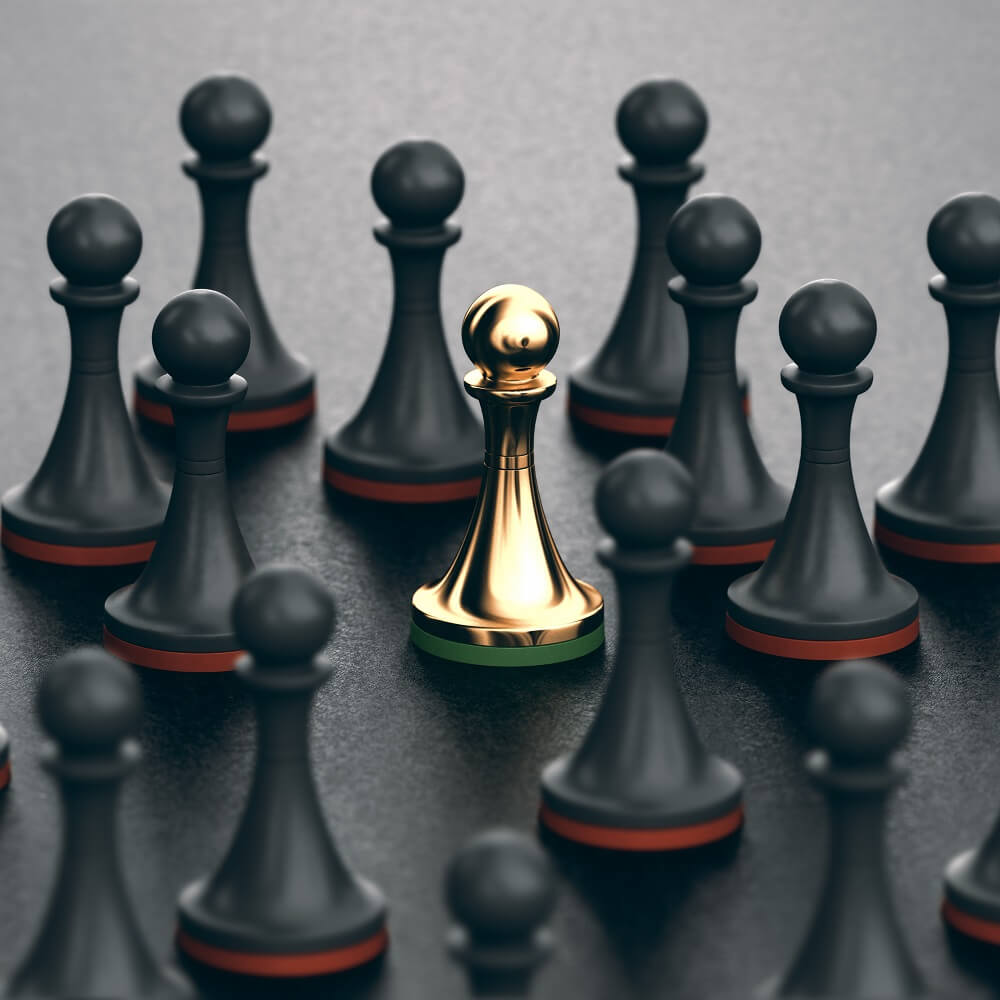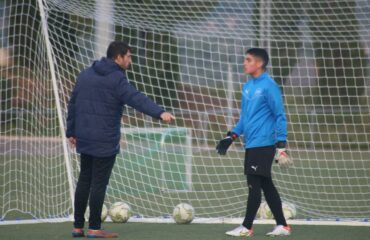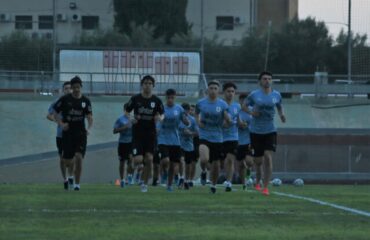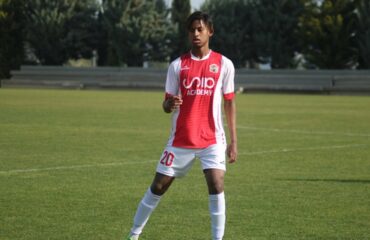UD SIA BENIGÁNIM: THE GAME MODEL AS AN ELEMENT IN THE TRAINING OF U-23 PLAYERS.
The participation of U-23 football teams in national football today is almost exclusively limited to subsidiary teams of first or second division clubs.
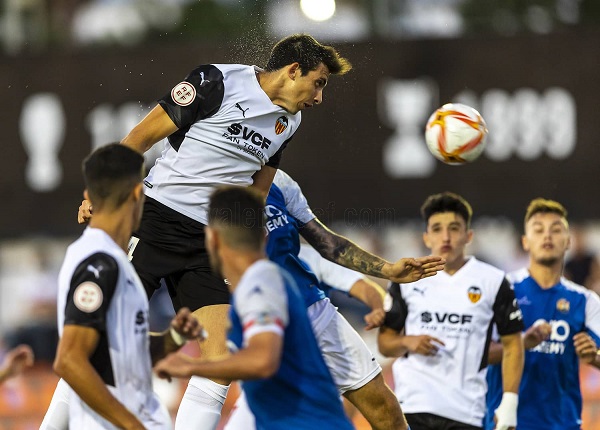
These clubs invest heavily in the development and training of their young talents, starting at youth level, and then moving on to their subsidiary teams before making the leap to their first teams.
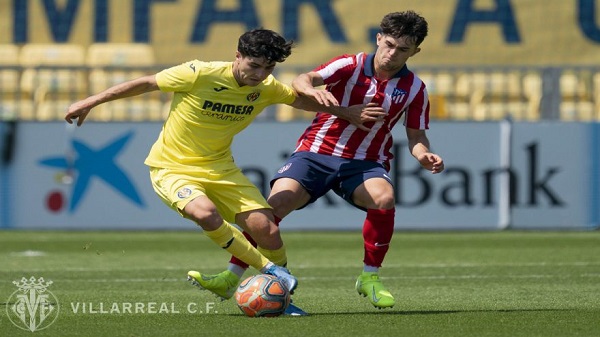
However, they are not the only ones to adopt a football model focused on the training of young players, and so new models of “formative” teams are appearing, as is the case of UD SIA BENIGÁNIM, for example.
UD SIA Beniganim plays in group VI of the third division of Valencian football (along with affiliates such as Mestalla Valencia CF, Villareal CF, Castellon CF, Elche CF, Hercules CF) and bases its club philosophy on training and helping young U23 players, and enabling them to face new challenges and professional experiences in the future as professional football players.
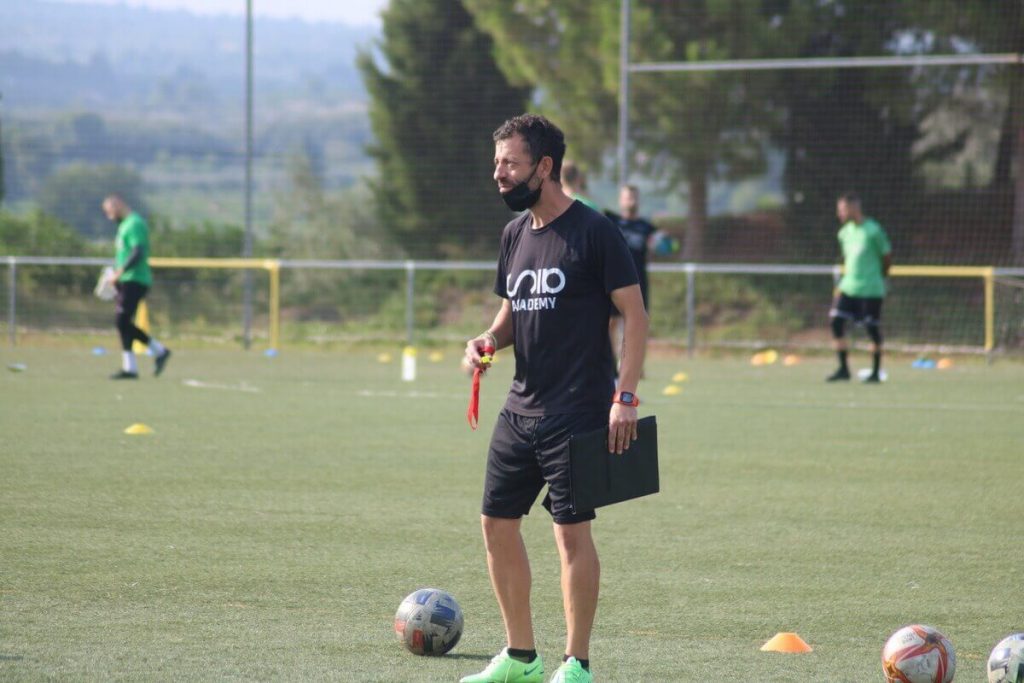
WHAT IS TRAINING IN THE FOOTBALL SECTOR?
However, the concept of training can be approached from many points of view, and on many occasions, it can even be affected by the torrent of demands that competitive sport generates around it, especially football, and it is therefore susceptible to being distorted or damaged if firm educational principles and foundations are not maintained in this training model.

Thus, it is logical to understand that each club may have its own idea and philosophy of training, and decide which strategies will be used to implement such a process.
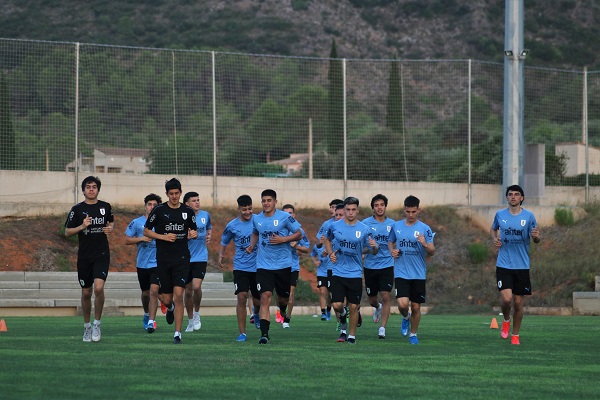
However, without wishing to dogmatise or generate unquestionable certainties, there are aspects that should be common sense. The fact is that training football players is a long and complex process.

Teaching a set of aspects with a coherent orientation and intention, focusing on educational, preparatory and competitive content (Sanchez López de Toro, 2012).
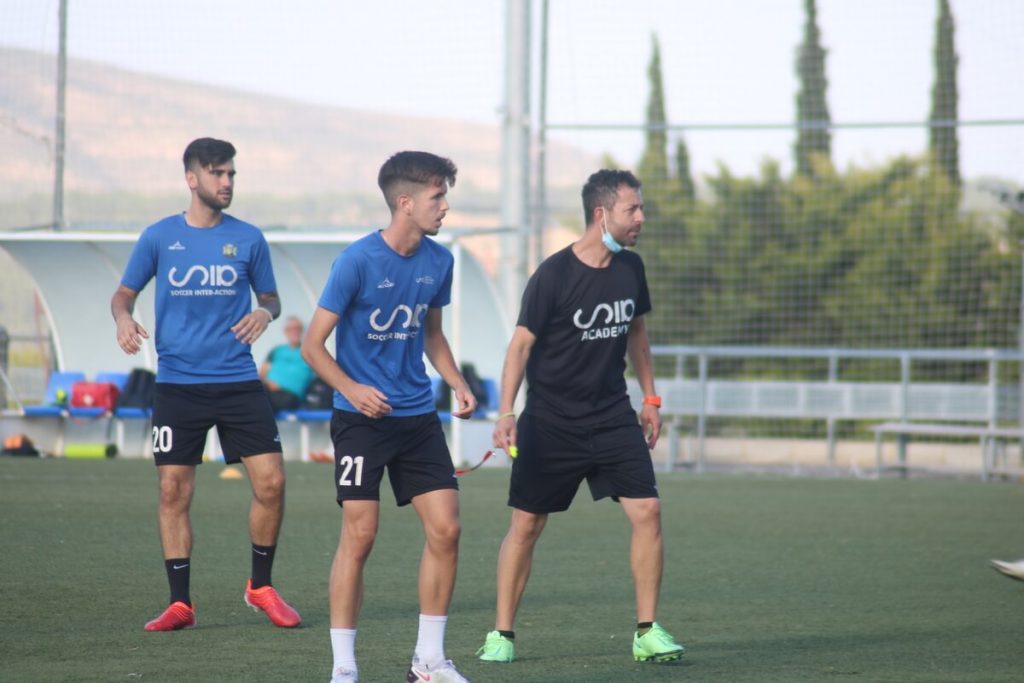
TRAINING WITH PERFORMANCE
But also, if we focus on performance, the quality of the training and education process takes on total relevance, and it is the quality of this process that can ensure, to a large extent, the achievement of competitive results (Garganta, 2008).
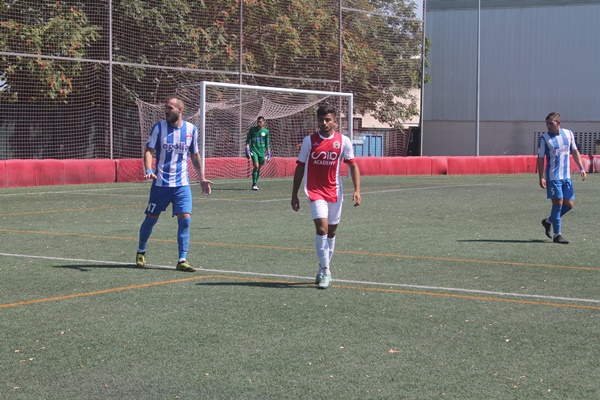
By quality of training, we mean not only providing the necessary means at the player’s disposal to improve his football and sporting skills, but also contributing to his all-round development, including sporting, educational and personal training.
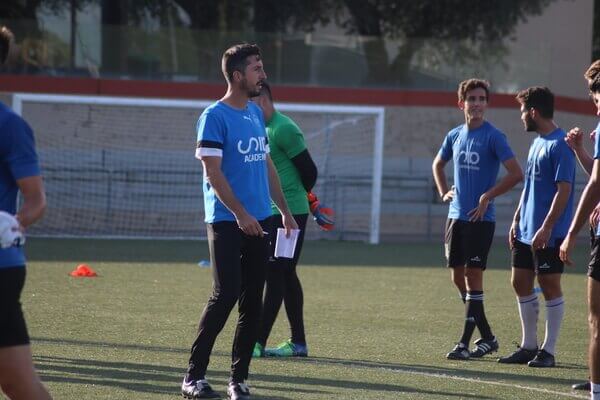
FACTORS OF THE TRAINING PROCESS IN FOOTBALL
However, if we leave aside the more general aspects of player training, such as educational and personal aspects, which could be dealt with in more detail in later articles, and try to specify and specify more purely football-related aspects, there are three fundamental factors when talking about the “training process” according to Ayats;

- mastery of space
- synchronisation of movements
- the ability to interpret or understand the game
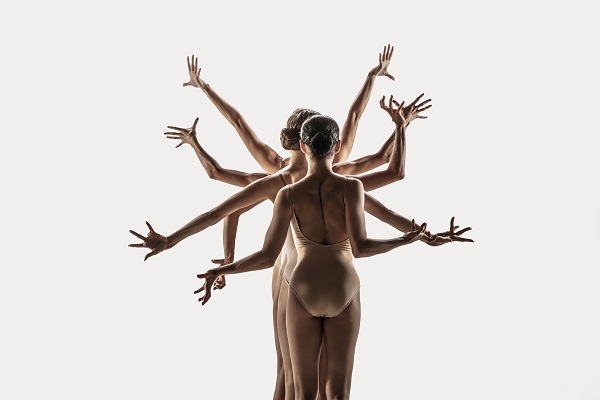
WHAT DOES A TALENTED FOOTBALL PLAYER LOOK LIKE?
This contribution defines the football player as the one in charge of analysing and understanding each of the different game situations, both in the interpretation of free spaces, as well as in his capacity to act in a coordinated manner with the rest of his teammates, and even in the fundamental pillar on the subject we are dealing with, that is to say, his capacity to understand what happens in each of the many situations that occur during the development of a game, in other words, his capacity to understand the game.
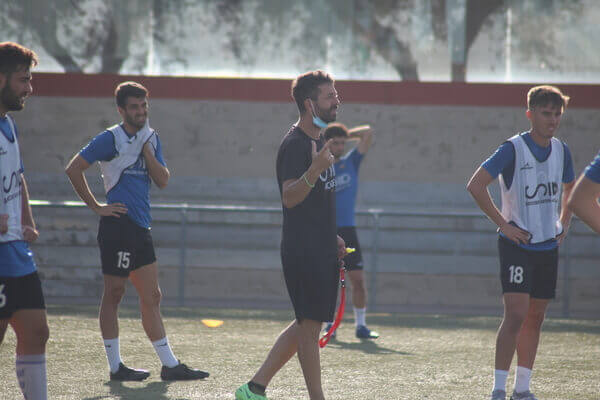
Therefore, we could say that one of the determinants of sporting talent will have to do with the competence as a player to know, know and know how to do in each of the performances that are required during the game, and in having the autonomy to be able to analyse, decide and execute advantageous actions at a collective level, both in a direct duel situation, as well as in smaller groupings or with total participation of the team.

GAME MODEL CONCEPT
Before going further into the game or “playing”, it may be interesting to conceptualise our sport as a complex non-linear game, characterised by uncertainty, where similar actions are not repeated, but in which there are regularities that establish easily identifiable similar situations, and which can be acted upon to gain an advantage.
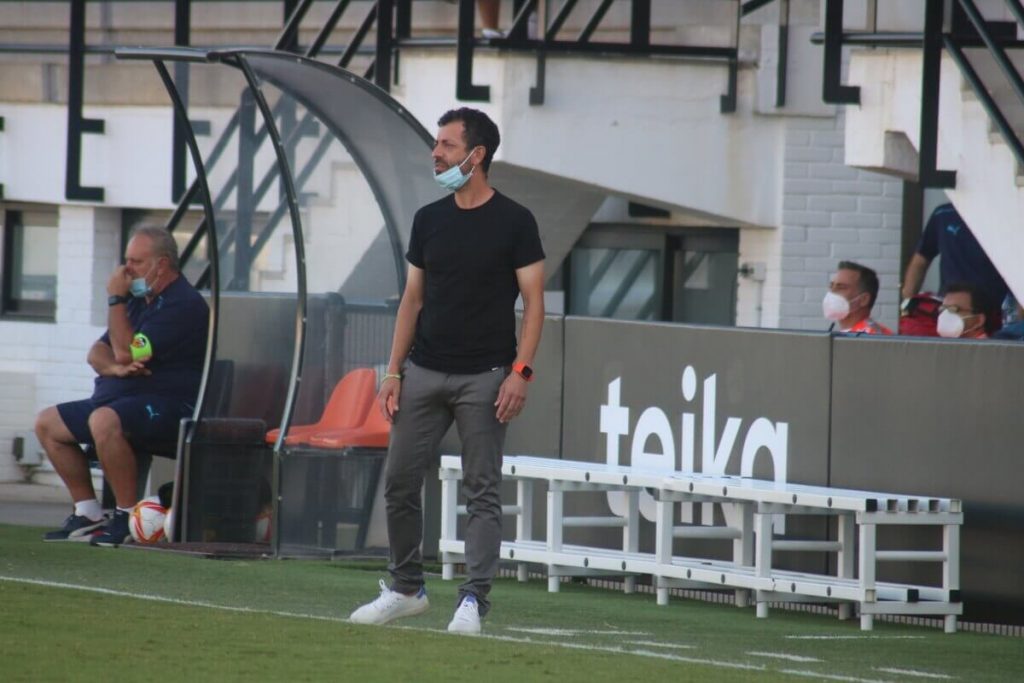
Both teams, in such formal direct confrontation, plan and coordinate their actions to act against each other, and whose behaviours are determined by the antagonistic relations of attack and defence (Castelo, J. 2012).
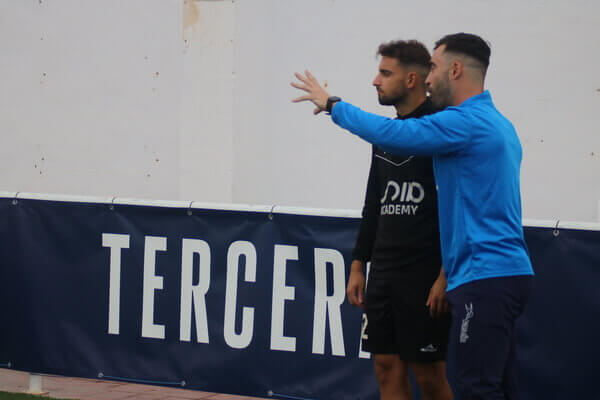
Thus, the concept of “GAME MODEL” appears here, which is understood as the set of game systems and the specific physical and psychological preparation needs that we will need to put into practice the idea of the game that we have visualised when defining the purpose of the team (Espar, X. 2012).
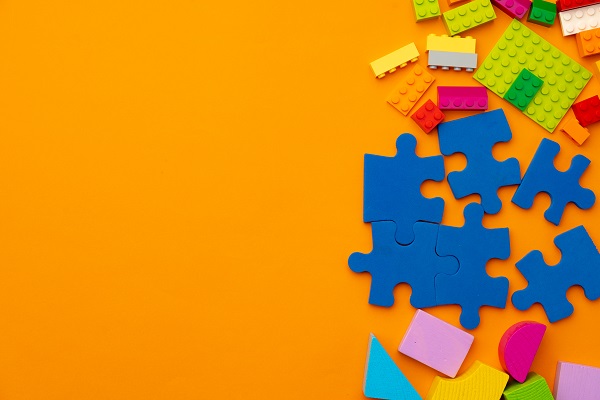
HOW COMPETITION AFFECTS TRAINING
However, it would be a mistake to approach player training solely from the perspective of the game or playing, avoiding the competition itself, and its demands and requirements, and therefore, this training model not only integrates it as part of the educational process, but also establishes a link that unites it with the particularities of the game, thus becoming even more formative.
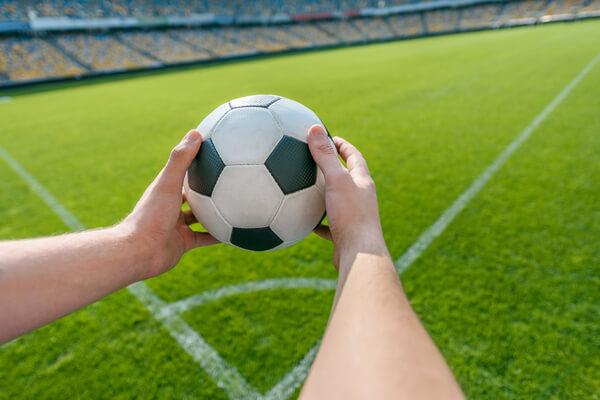
The development and assimilation of a game model should not be oblivious to those competition conditioning factors that directly affect it, such as, for example, the result, the classification or the characteristics of the opponent, which can even make the same game situations totally different.
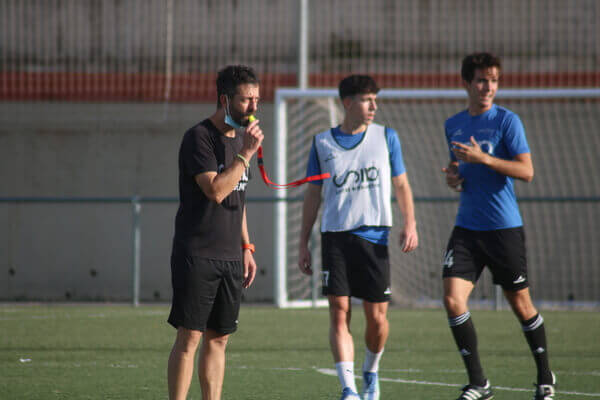
After clarifying the necessary duality of the game – competition as such, and focusing on the subject that concerns us, the training or preparation of the football player from an approach oriented towards the game model aims to ensure that the player acquires tactical intelligence.
In order to achieve this, it is necessary to create situations similar to what is being sought, that is, that the players are capable of interpreting the game, whether on a global, individual or sectorial level.

This constant exposure during daily training to structural and functional situations similar to those that emerge in competition, and supported by a cognitive process of assimilation of common game ideas, in each of the different situations, make up the game model.
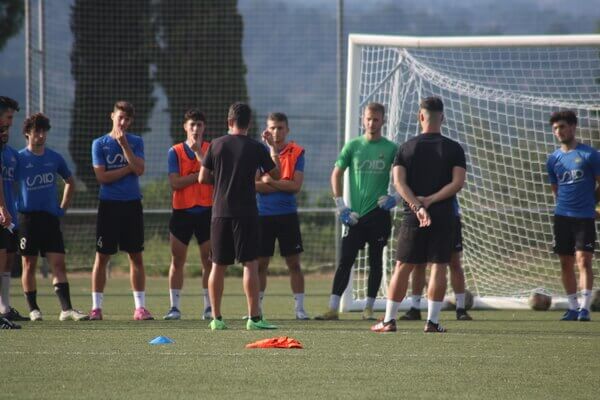
Therefore, during training, players act by making constant decisions on a mental level, guided by game references (spaces, ball, opponents, teammates and rules) and under a guiding game model that provides feedback and structures the player’s learning.
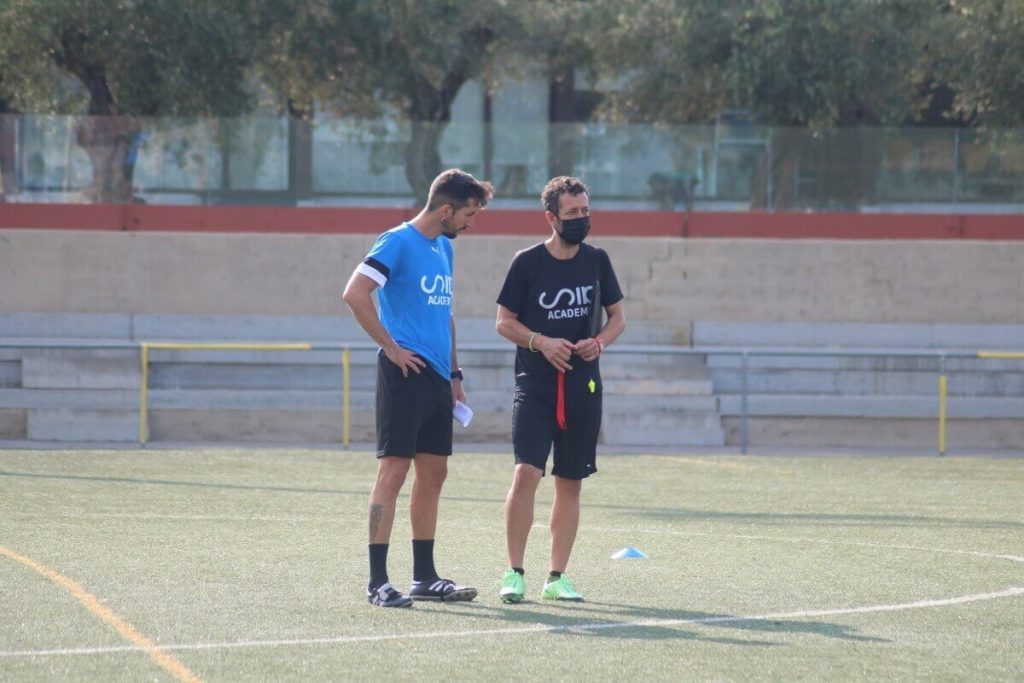
This process generates a constant reorganisation of the whole, understanding this whole as the set of elements and their variables, which is defined within the sciences of complexity as a complex dynamic system.
In this system, each significant experience will provoke neuronal alterations understood as learning, which will generate greater individual competence later on for the resolution of new similar game situations, understanding this whole process in a holistic way, as training.
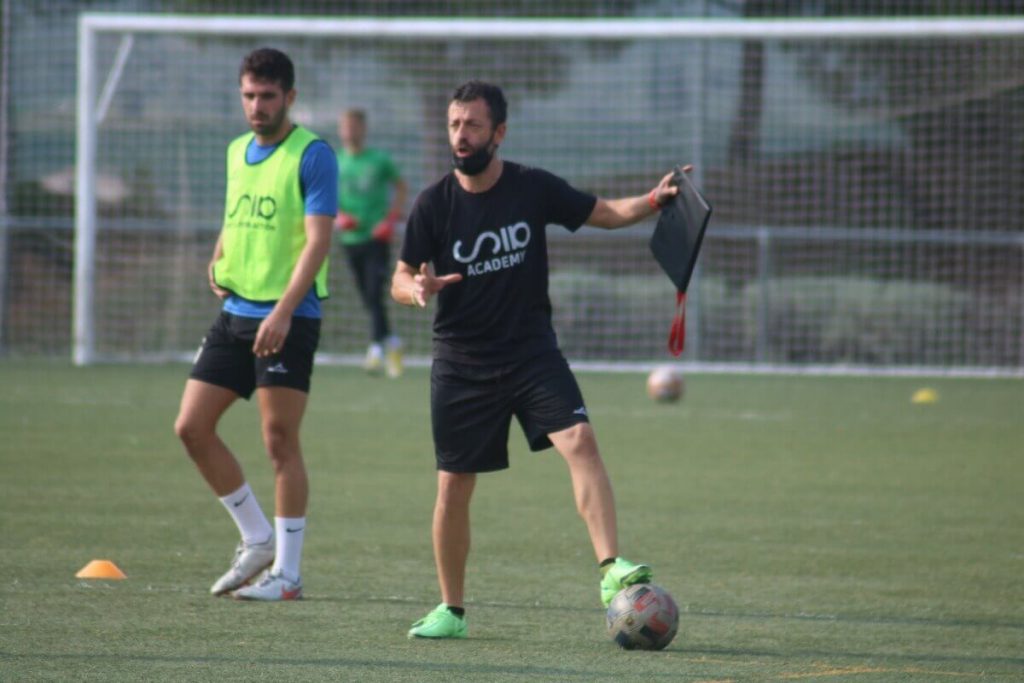
Therefore, having a great knowledge of the game helps the player to foresee which of the possible alternatives is the most appropriate, since knowing what is not the same as knowing how. (Ortiz, A)
All our approach leads us to understand that one of the tasks of a “TRAINING COACH” will therefore be to generate tactical culture and common game concepts, which will allow his players to make synchronised decisions, to resolve favourably game situations, in an adaptive way to the demands offered by a given opponent.

Therefore, this model of play will generate common patterns of behaviour, significant of the internal logic of the game itself, but which must leave room and flexibility for accommodation to the characteristics of other parameters, such as, for example, the qualities of the opposing team, particularities of the day of competition, etc.
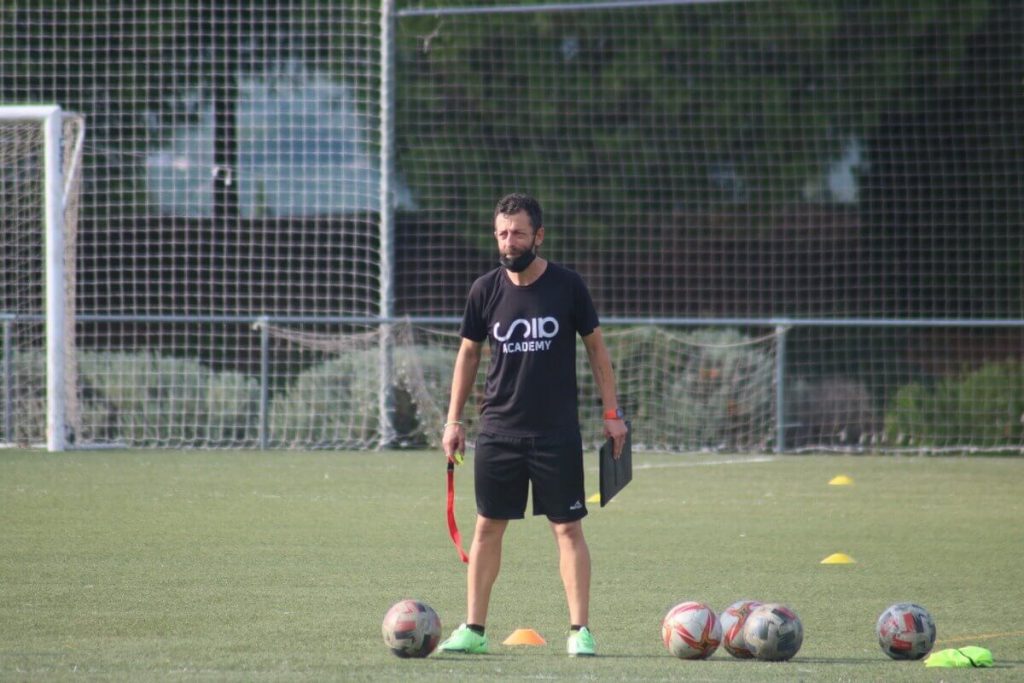
Finally, and with the aim of leaving open future possibilities for reflection and further research, it should be noted that within the internal logic of our sport, there are three types of principles:

the general ones, which are specific to collaborative sports, the operational ones, which determine the different phases of the game, and the fundamental ones, which explain the rules of play.

These principles can be summarised in general principles that try to generate numerical superiority, operational principles that mark attack, defence and transitions (with and without the ball), how to conserve, progress, create goal situations, and vice versa, and finally rules of action (attack: penetration, mobility, spaces, defence: containment, defensive cover, balance, etc.). ), and all the possible game concepts that may appear.
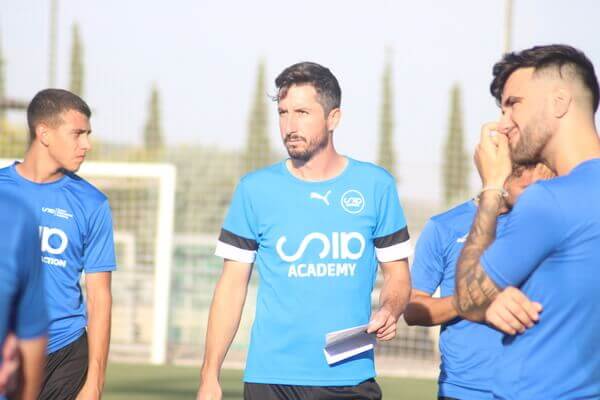
Understanding these general principles of the game, its phases and the elements that characterise them, as well as the favourable behaviours in each of the phases of the game, and above all, determining how they become stimulators of the player’s training, is a new path that will be explored in the following articles.
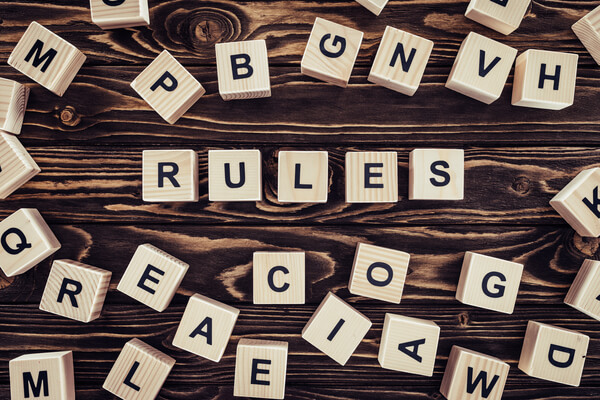
In addition, we will try to analyse other cultural aspects that can also affect our sport, such as the need for aesthetics in the game or the influence of other cultural parameters that sometimes enter a players’ locker room and can incomprehensibly come to condition decisions or results during the competition itself.
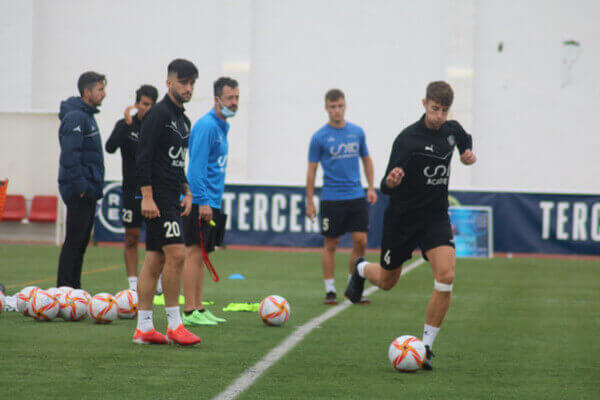
Football training in a broad sense: fact or fiction? EFdeportes.com, digital magazine. Buenos Aires. Year 17. Nº168. May 2012.- Ortiz, A.
The training of the player: knowing, interpreting and training the game. Junta de Andalucia.- Ayats, M.
The models of the game and the formative football. Room The tactial. Perarnau Magazine.



